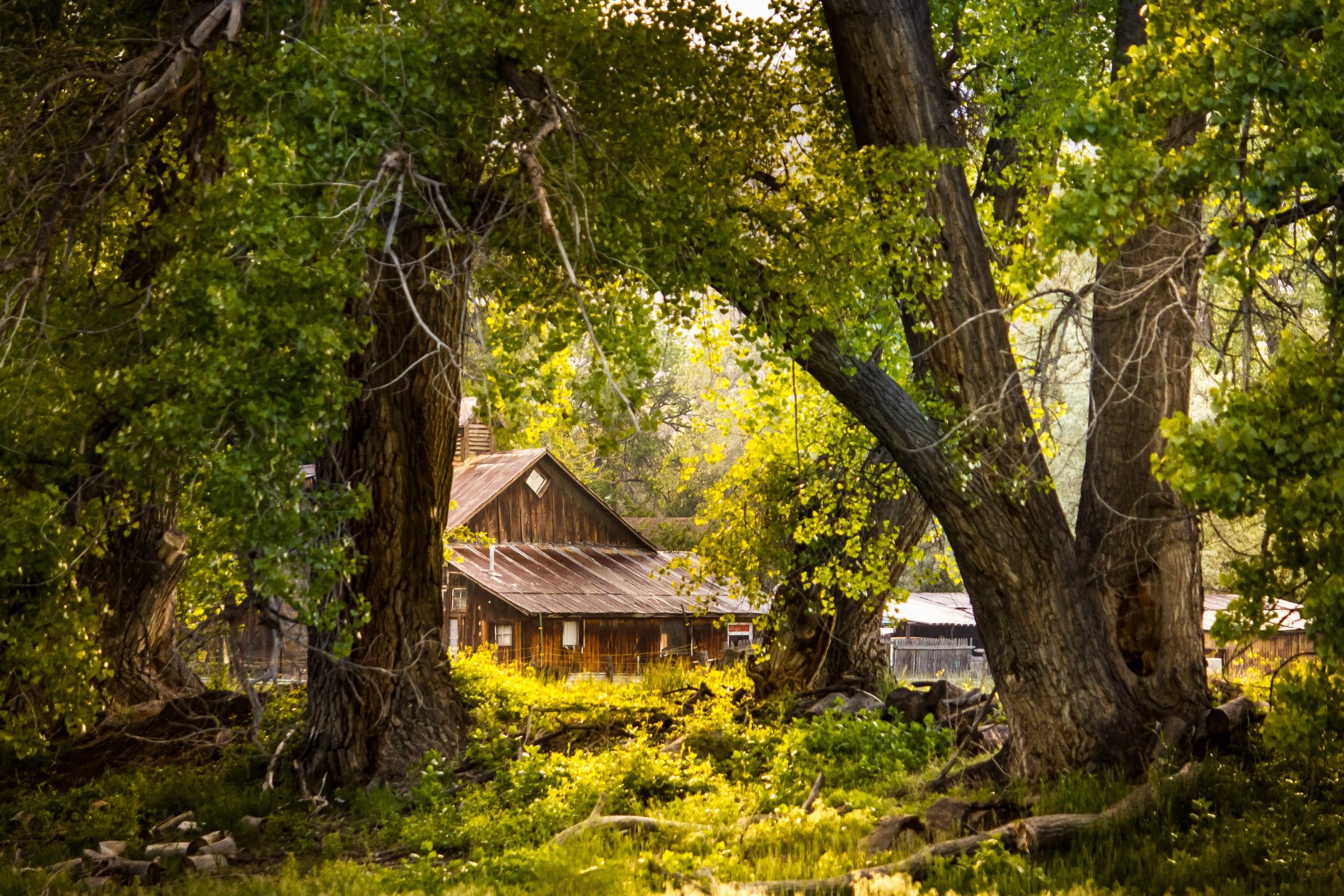Introduction to Fremont County, Colorado’s Heritage & Natural History
Fremont County, Colorado, including the towns of Canon City, Florence, Penrose, and Howard, has a rich heritage from roughly the Louisiana Purchase in 1803 to the opening of the Royal Gorge Bridge in 1929.
Fremont County is located in south-central Colorado on the southeastern edge of Colorado’s Front Range and southwest of Pikes Peak. Elevations in the county range from just under 5,000’ in the southeastern corner of the county, where the Colorado Piedmont section of the Great Plains meets the Southern Rocky Mountains, to over 13,000’ on Bushnell Peak in the Sangre de Cristo Mountains that form the County’s southwestern boundary.
Learn more about Fremont County’s Geology.
Primary ecoregions range from Piedmont Plains and Pinyon-Juniper Woodlands in the east through Foothill Shrublands to Mid-Elevation Forests in the western portion of the County. Over 80% of Fremont County is located in the Southern Rockies and 17% in Piedmont Plains and Tablelands. 47% of land in the county is privately owned, 36% is managed by the US Bureau of Land Management (BLM), 10% is managed by the US Forest Service, and 7% is owned by the State of Colorado.
The Arkansas River bisects Fremont County, running west to east. It enters the county at an elevation of about 6,900’ and leaves the county at about 5,000’. The Arkansas River Headwaters Recreation Area is a Colorado State Park that manages the myriad of recreational activities in the area, including whitewater rafting, fishing in Gold Medal trout waters, hiking, biking, etc. with over 700,000 visitors per year.
The Royal Gorge is a 1,000’ deep, 10-mile long, extremely narrow canyon cut by the Arkansas River. About 30’ wide at its narrowest point, the gorge opens out just above Cañon City and Florence and dramatically defines the entrance to the Southern Rockies. Below the gorge, “the mountain and valley winds are persistent enough to modify the climate over a considerable area. Descending air currents frequently prevent the stratification of air necessary for the occurrence of excessive cold. As a consequence, the winter climate is milder near Cañon City and Penrose than anywhere else in the State.” (CSU, Climate of Colorado)
Highway access to Fremont County is provided primarily by Highway 50 about 35 miles west of I-25 and Pueblo, Colorado. Highway 50 travels past Penrose to Cañon City, then continues west along the Arkansas River to Salida and beyond. Highway 50 passes through Parkdale, Texas Creek, Cotopaxi, Coaldale, Howard, Swissvale, and Wellsville in western Fremont County. Colorado Route 69 travels south from Texas Creek to Hillside.
Colorado Route 69 travels south from Texas Creek to Hillside, CO-115 provides primary access to Fremont County about 35 miles southwest of Colorado Springs, and I-25 passes through Penrose and on to Florence and area communities of Rockvale, Coal Creek, Williamsburg, Brookside and Lincoln Park. CO-115 intersects with CO-120 traveling east to Portland and Concrete. CO-115 also intersects with CO-67, which travels south to Wetmore. CO-9 provides access to Fremont County from the north, intersecting US-50 about one mile west of the turnoff for the Royal Gorge Bridge & Park.
The Gold Belt Scenic Byway serves the Cañon City/Florence area over four historic roads: Phantom Canyon Road, Shelf Road, High Park Road and Teller County Road 1.
If you want to read more about Fremont County’s Heritage, check out the following articles:
Acknowledgments
Information provided here is from the 2015 Fremont County, Colorado Heritage booklet. It was researched, reviewed, and assembled by members of the Fremont County Heritage Commission and members of the Fremont County Historical Society assisted by the Western Fremont County Historical Society, the Wetmore-Hardscrabble Genealogical and Historical Society, the Florence Chamber of Commerce, and the Penrose Chamber of Commerce for the purpose of celebrating the colorful history of all of Fremont County. The US Bureau of Land Management, Royal Gorge Field Office, was a key partner in developing geology information. Other important partners include the Royal Gorge Regional Museum and History Center, Museum of Colorado Prisons, Florence Pioneer Museum, the Cañon City Area Recreation and Park District and the Penrose Park and Recreation District.
An online version with additional content is available at www.fremontheritage.com. Questions, comments, and suggestions are welcome at info@fremontheritage.com.
- Southern Colorado Shopper – Layout, printing and distribution
- Royal Gorge Regional Museum and History Center – Photos and research
- Kyle Sullivan, BLM Royal Gorge Field Office – Cover color photo and public affairs support
- Melissa Smeins, BLM Royal Gorge Field Office – Geology section and editorial support
- Lisa Studts, Royal Gorge Regional Museum and History Center – Composition
- Jim Nelson, Fremont County Heritage Commission Member – Research, writing and editing
- Cara Fisher, Cañon City Area Historian (deceased) – Historical accuracy, perspective and review
- Historical Content and Reviewers included: Margaret Storm, Carol McNew, Mary Chamberlain, Cindy Smith, Melissa Smeins, Dan Grenard, Betsy Denny, Peggy Sorenson, Millie Wintz, Beverly Kissell Harris, Sherry Johns, Dorothy Cool, Robert Hickey
Sources:
- Keenan Lee (Colorado School of Mines, US Geological Survey), History, Geography and Geology of the Colorado Front Range, IGC Field Trip T182: Remote Sensing in Exploration Geology; July, 1989
- Donald E. Trimble, Geologic Story of the Great Plains, Geological Survey Bulletin 1493; USGPO, 1980
- Nolan Doesken, Roger Pielke & Odilia Bliss; Climate of Colorado, Colorado Climate Center, 2003
- Colorado Natural Heritage Program, River Basin Geography, Fremont County Wetland Profile, CSU
- Chapman, Griffith, Price, Freeouf & Schrupp; Ecoregions of Colorado, US Geological Survey, 2006
- Don Gould, PhD, (Colorado College); Origin of the Royal Gorge, National Park Service, 1941
